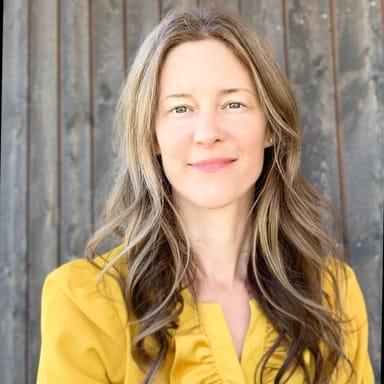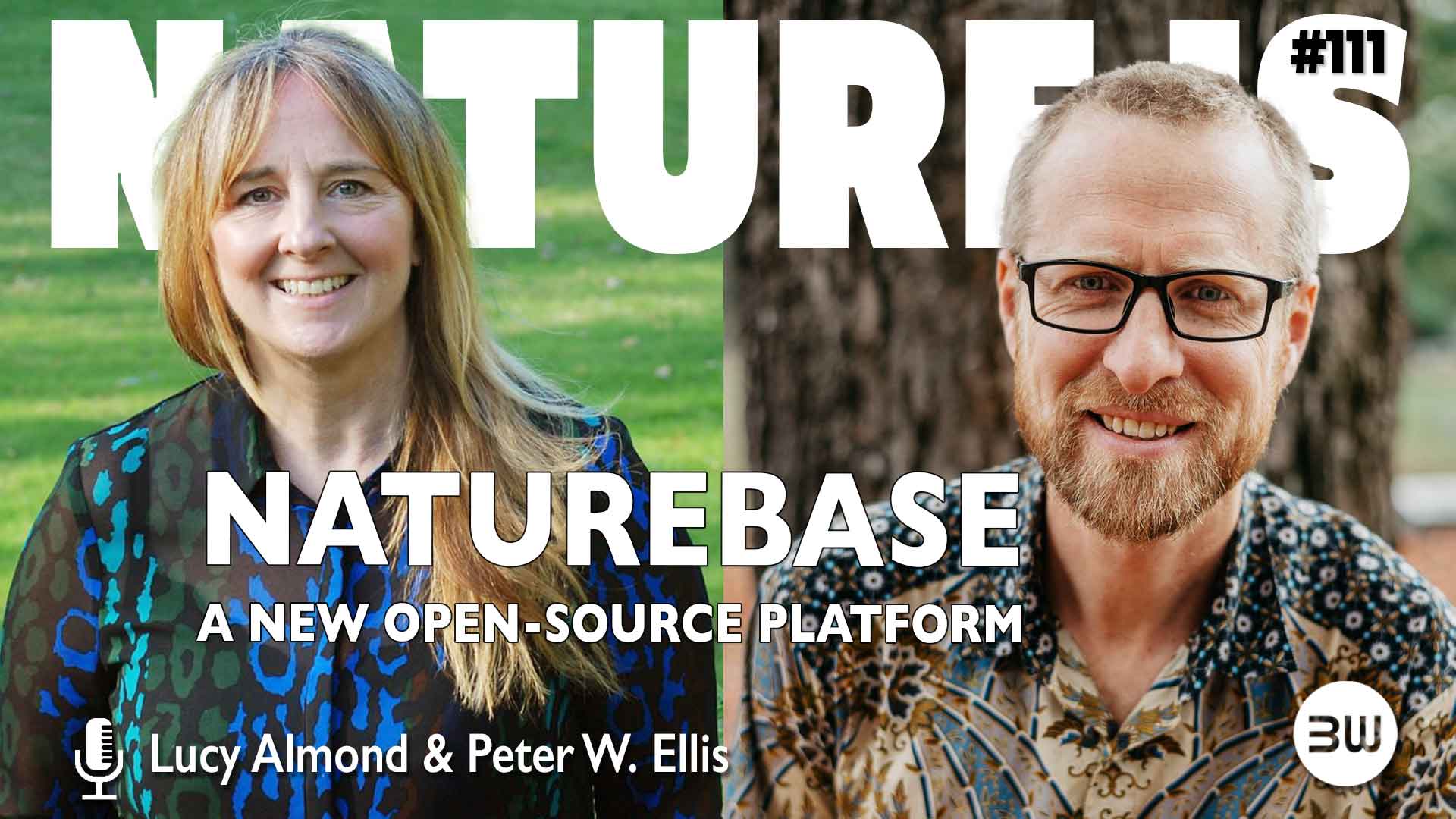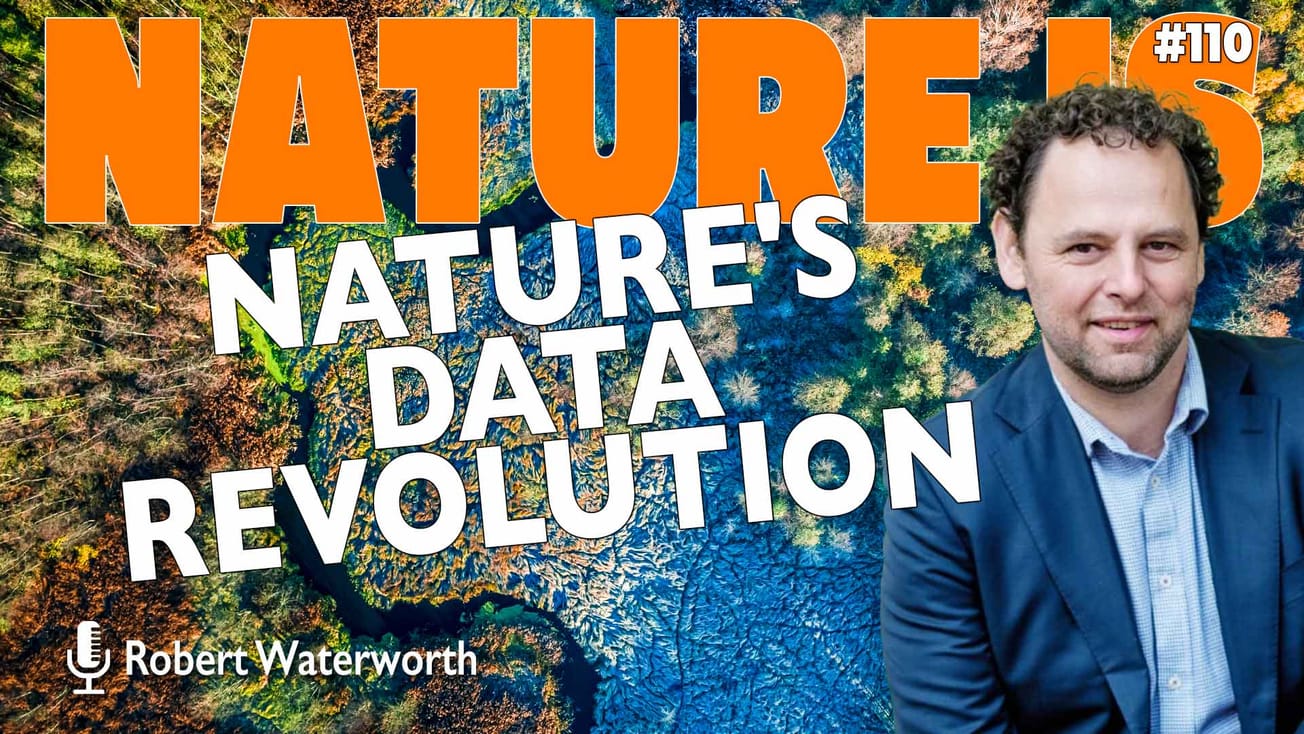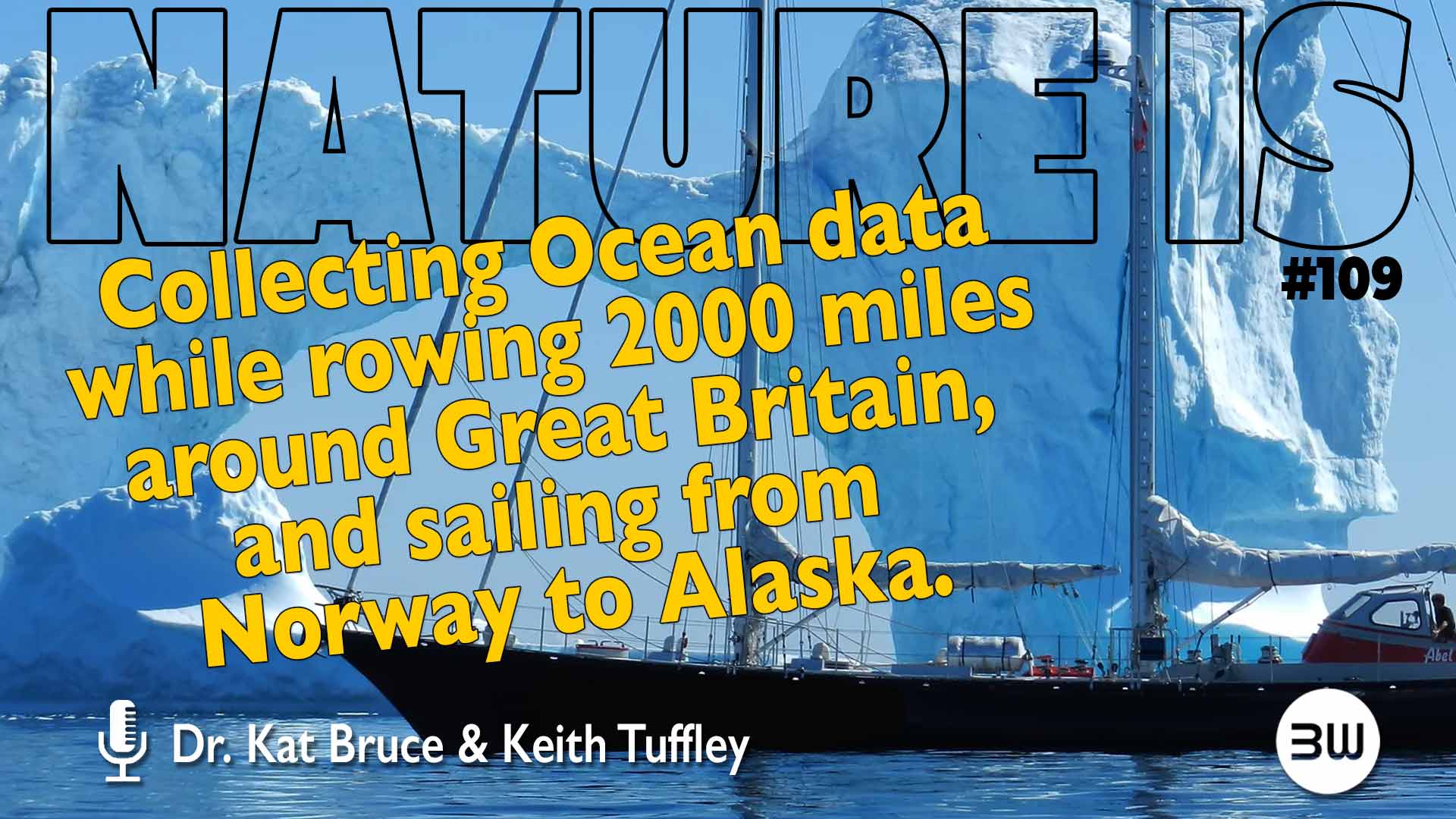It’s a great visual, weighing trees from space.
The concept probably causes you to ask yourself how that’s possible, or better yet, why anyone would want to do it?
Turns out when trying to understand how much carbon is drawn down from the atmosphere by above ground biomass (trees) over time, it’s the weight change that matters, not the number.
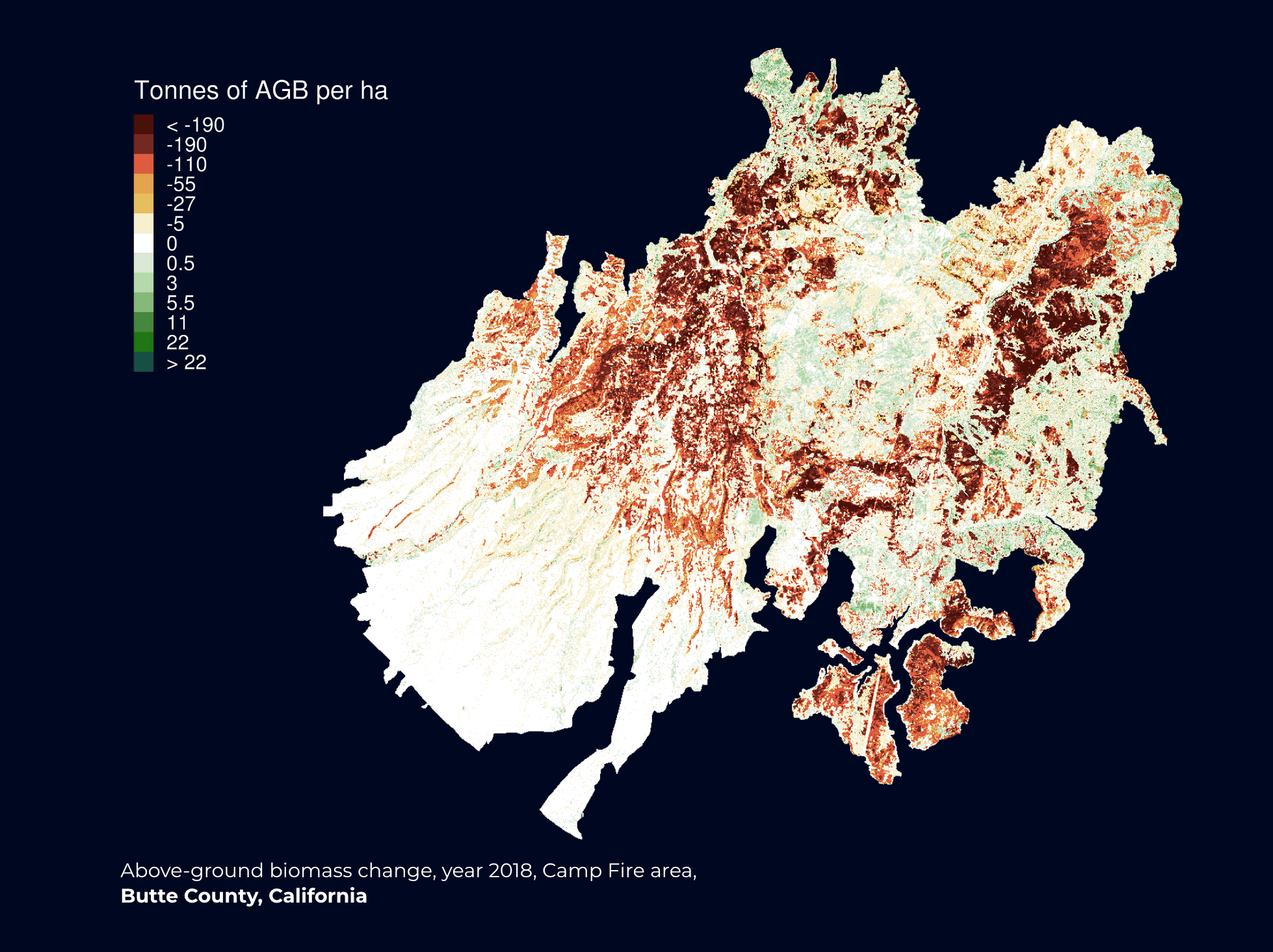
That’s because the changes in the weight of trees (the biomass gains & losses) indicates how much carbon is sequestered as they grow, and how much is emitted with degradation and deforestation. Imagine a giant sequoia tree versus new growth forest in a recovering burn area. Until a new growth forest matures to a considerable degree, one giant sequoia stores much more carbon. This illustrates why counting trees is the wrong approach.
Enter Chloris Geospatial, the company who introduced this technology to the market in 2021. Compared to conventional forest carbon monitoring approaches, the Chloris technology brings new levels of transparency, quality, and consistency to forest carbon monitoring and accounting - with immediate scalability and cost-effectiveness that conventional approaches struggle to deliver.
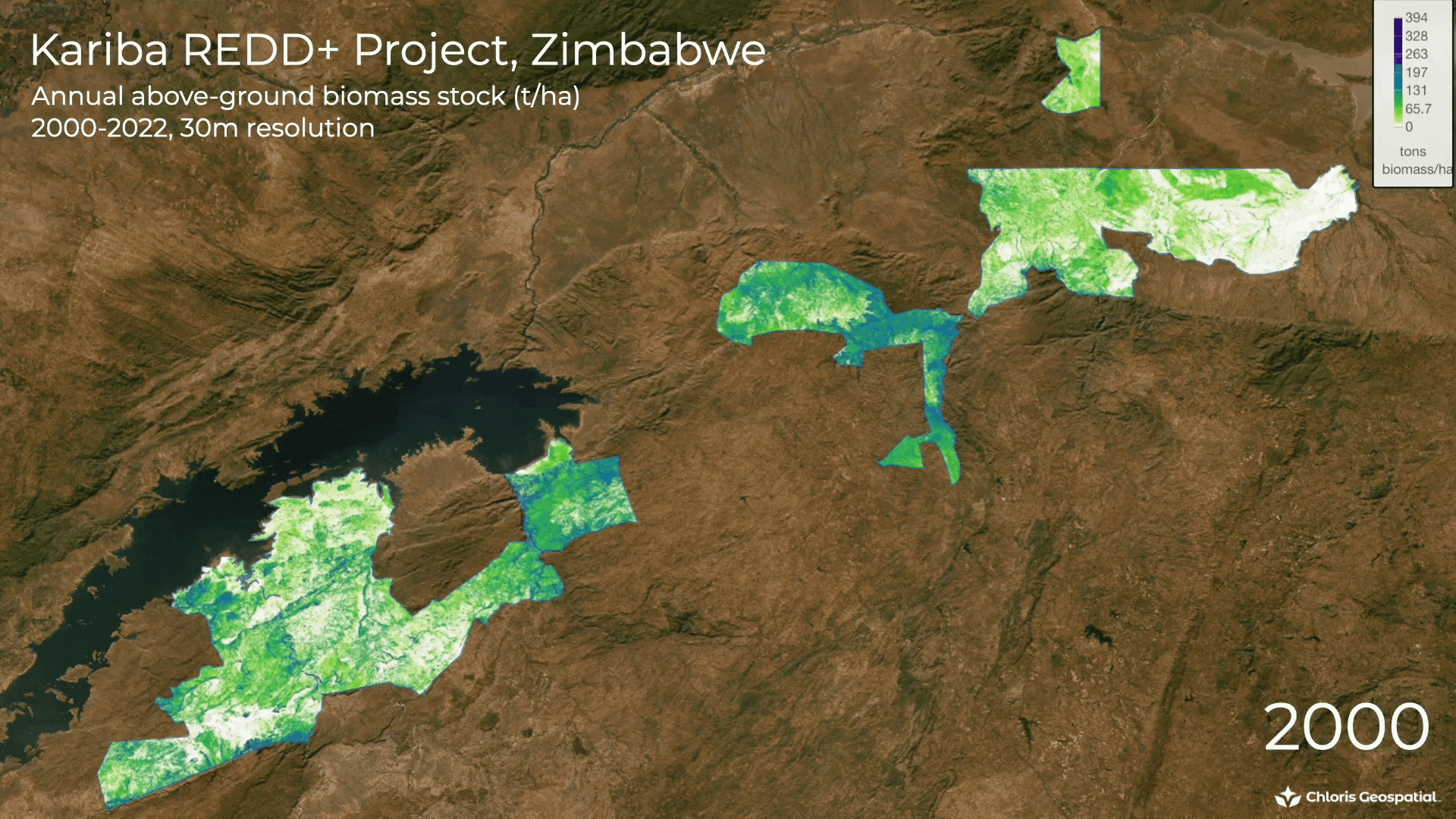
This matters to stakeholders who are trying to reliably assess, monitor and report the impact of nature based solutions, and foster trust in the integrity of forest conservation, restoration and reforestation projects..
To learn more, listen or watch our second episode of Nature Is with Florian Reber, Head of Partnerships at Chloris Geospatial based in Zurich, Switzerland (thought we filmed this IRL in Davos!)
A passionate back-country splitboarder, cyclist and overall mountain lover, Florian draws energy for his work with Chloris from time in alpine environments.
Of note, in the summer of 2019, Florian mountain biked the Continental Divide from British Columbia through Montana, Wyoming, Colorado to New Mexico for a total of seventy one days documenting climate change in the Rocky mountains. See Tales of Change for more on his adventure!
References from the podcast, and broader inspiration:


